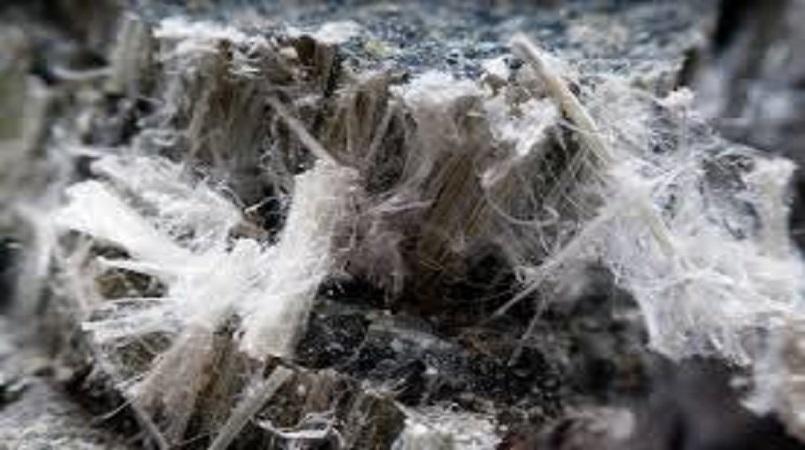
Building materials containing asbestos are still being imported into the Pacific, even though the danger posed to health by asbestos fibres has been known about around the world for decades.
A report from SPREP, the Secretariat of the Pacific Regional Environment Programme, in collaboration with the European Union and the World Health Organisation, has identified what it calls an unevenly distributed problem.
It says just four countries, Nauru, Niue, Kiribati and Vanuatu, account for 83 per cent of all the non-residential asbestos in the Pacific.
Meanwhile, not one of the 13 countries that took part in SPREP's survey has controls in place to prevent new materials containing asbestos from being imported.
Stewart Williams, SPREP's PacWaste project manager, says the new imports are a worrying trend.
"It is quite disturbing, especially when you've got programs occurring like PacWaste, and programs within developed countries to remove this legacy issue," he said.
"We have found through the survey that materials have come in that are not branded as containing asbestos, but do contain it, that are coming from Asia."
Although Mr Williams does not think the Pacific is necessarily becoming a dumping ground for new asbestos, he said quality control was an issue.
"There's a quality control issue with products that are coming from out of new areas of manufacture in the world, and Australia and New Zealand also receive products like this as well... the Pacific is just getting what everyone else is getting," he said.
"It has the same issues as the previous asbestos cement materials."
He said SPREP was encouraging Pacific nations to join the 56 countries around the world which have signed up to a global ban on asbestos-containing materials.
"We're addressing the legacy issue, which is our primary concern, but we do want to shut the gates on this as well and so that's why we're raising this component," he said.
"There are some materials coming back in, and there could be some new buildings, so there is vigilance needed on that front as we clear out the legacy items, that there are policy mechanisms put in place to prevent the re-emergence of new asbestos in buildings."
